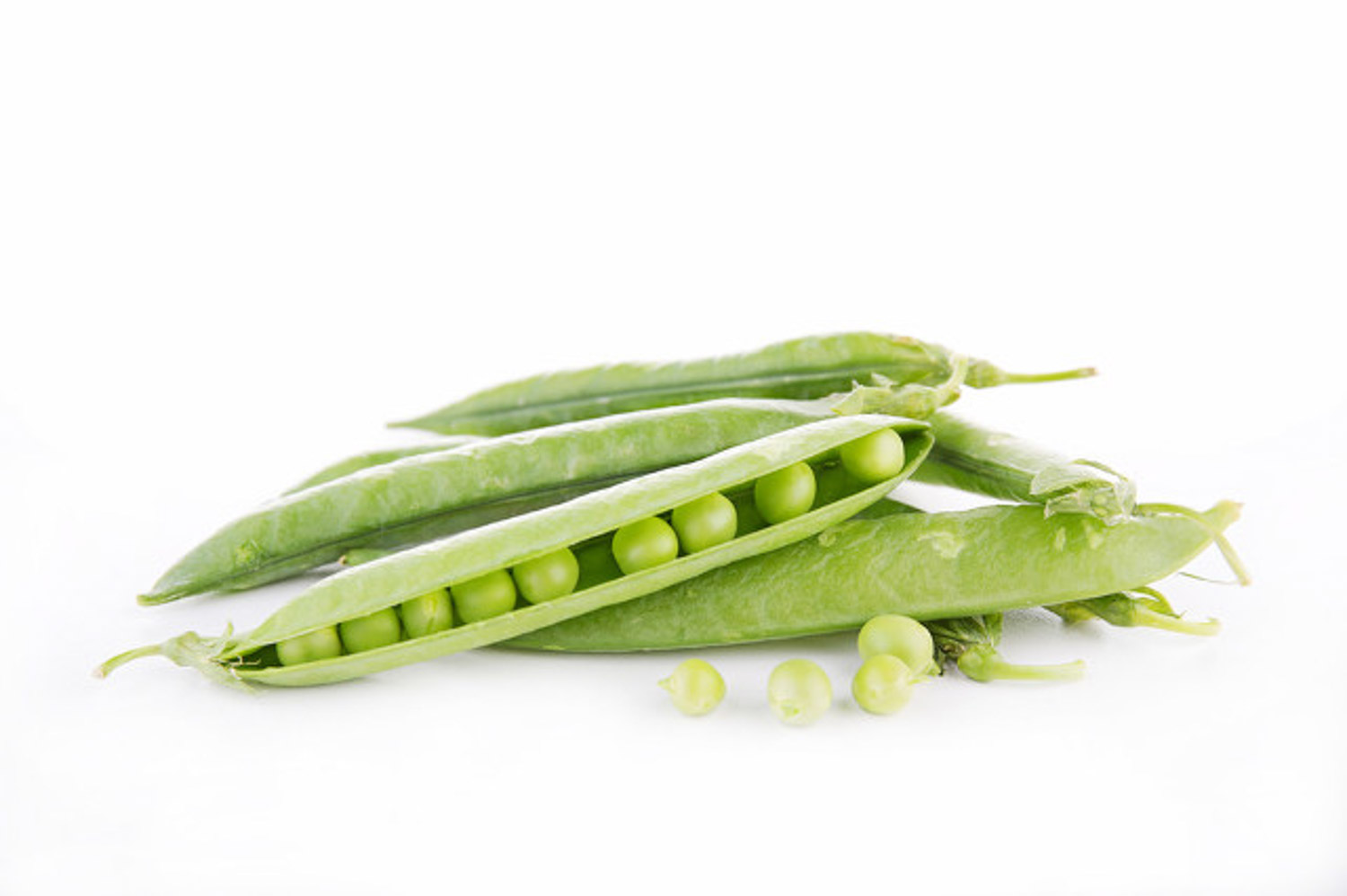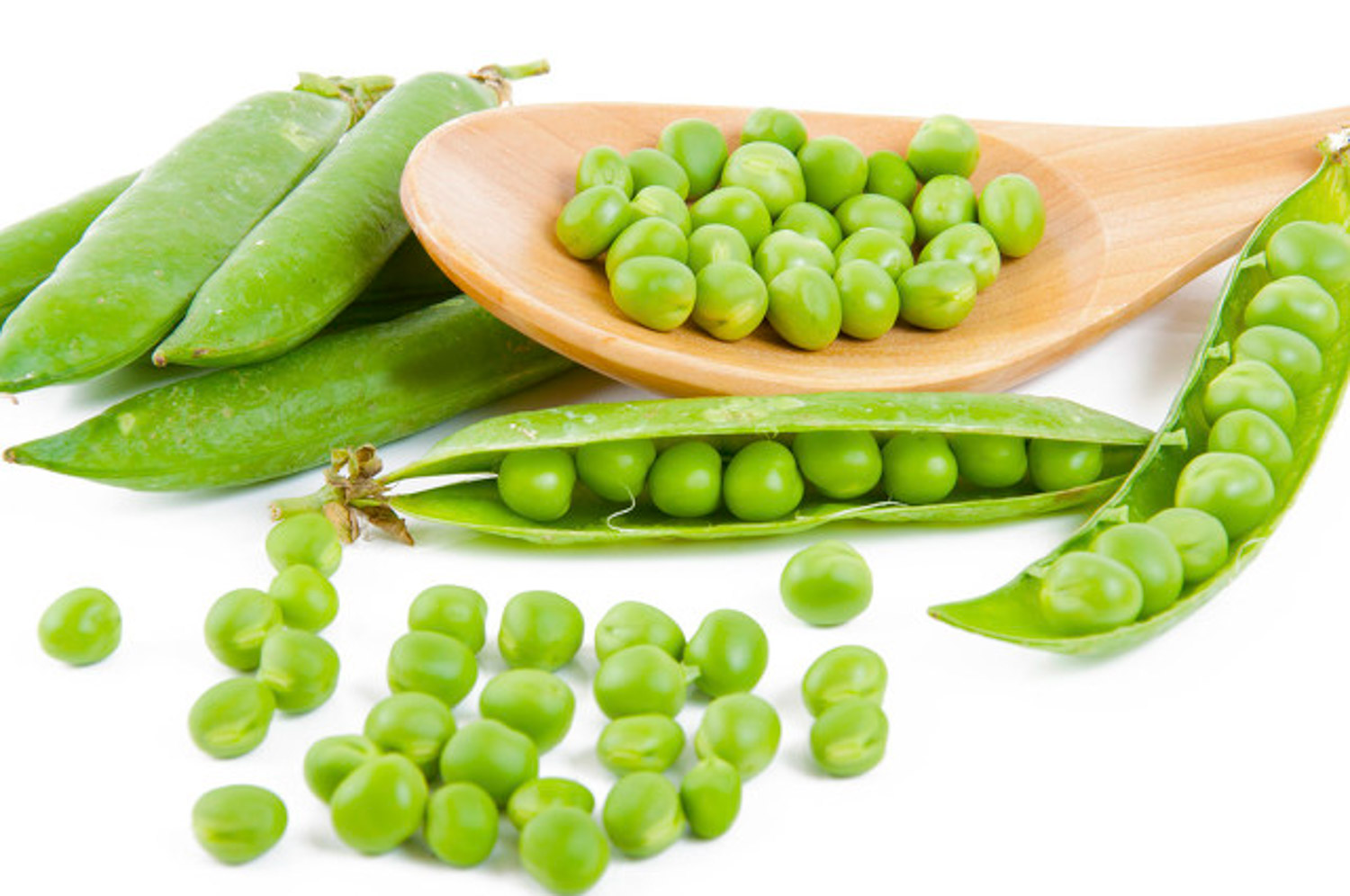1、 Curing method
1. Temperature: peas like a warm environment. Specifically, it's better to keep it between 20 and 30 degrees. It is a semi cold resistant variety, that is to say, it has a certain cold resistance, but the temperature should not be too low, otherwise it will be harmful. In addition, its tolerance to high temperature is also very poor. We must pay attention to it

2. Light: peas belong to a kind of plants with long sunshine. In other words, before flowering, it needs to provide a long time of light every day to form its flower buds, otherwise it will seriously affect its flowering and subsequent results. In the rest of the growth period, we have to provide appropriate astigmatism

3. Watering: the drought tolerance of peas is very poor. It is necessary to provide sufficient water supply during the growth period to meet its vigorous demand. But it can't be too waterlogged, so we need to pay a little attention to drainage in rainy season

4. Fertilization: peas do not have high requirements for soil quality and nutrients. You can only use some fertilizer during flowering

2、 Breeding skills
1. Reproduction: sowing can be used. Before sowing, immerse the selected seeds in 40% salt water to promote germination. After that, Rhizobium is needed to mix seeds, which can effectively increase the subsequent yield. Before sowing, the soil needs to be mixed with some fertilizer, preferably rotten stable manure, as well as some phosphate and potassium fertilizer. When sowing, the row spacing is preferably between 10 and 20 cm, and the plant spacing is about 5 cm

2. Loosening the soil: after sowing, loosening the soil is a very important step, which is conducive to making the soil more loose and improving the ground temperature. In addition, before flowering, it is necessary to loosen the soil and preserve moisture

3、 Problem diagnosis and treatment
1. Disease: the incidence of "root rot" is relatively high, which may occur in seedling stage and adult stage. It can be treated with medicine. However, the most effective way is to mix seeds with chemicals, which can fundamentally prevent and control

2. Insect pests: the main species are "black miner", "leaf miner" and so on. The former can be controlled by phoxim, while the latter can be controlled by insect mite light

4、 Other issues
1. Toxicity: its plants are not poisonous and its fruits are edible

2. Whether it can be raised at home: generally not, but those with courtyards can be planted


 how many times do yo...
how many times do yo... how many planted tre...
how many planted tre... how many pine trees ...
how many pine trees ... how many pecan trees...
how many pecan trees... how many plants comp...
how many plants comp... how many plants can ...
how many plants can ... how many plants and ...
how many plants and ... how many pepper plan...
how many pepper plan...





























